A smart city is a city that uses infrastructure to make its citizens’ lives more comfortable by improving the environment, ease of access, and overall longevity of the city. One of the critical parts of a smart city is the infrastructure because it serves as the literal foundation for the entire city. Without an efficient infrastructure system, a smart city could not be as efficient as it needs to be, nor could it be a smart city at all. Every thriving smart city needs strong infrastructure because every city needs strong infrastructure. A good infrastructure plan will aid the future success of any major smart city.
Smart streets and smart mode choices are my smart city topics. Smart streets and modes go hand in hand because smart streets are defined as a street that caters to multiple modes of transportation (walking, biking, cars, buses, etc.) to allow for more efficient modes of transportation to take precedence. Smart streets can also use multiple sensors to make the streets safer for commuters and reduce the impact of traffic during rush hour. This makes the city as a whole more environmentally friendly due to less pollution from vehicles idling in traffic, and when smart transportation modes are used alongside these smart streets, it creates a better foundation for a smart city to blossom from. Smart transportation modes include transportation that is environmentally and economically sustainable. Electric and hybrid-powered vehicles are good alternatives to those that run on fossil fuels. Biking and walking are good sustainable modes of transportation that promote exercise and are modes of transportation that are supported by smart streets. Smart streets and transportation modes can be used as a catalyst for environmental and economical change in an already established city. Walkable cities encourage their citizens to exercise while cutting down on pollution levels at the same time.
The city of Boston has begun using smart streets to collect data and information to decide how to make changes to its current streets, like signs, sidewalks, and traffic rule enforcement. The program is called the Vision Zero initiative, and it uses a variety of sensors, lights, and web-based applications to garner data for the program to be a success. The program is designed to grab data on the habits of the people that use the streets. For instance, how these people move on the streets, how they interact with one another, and how long and often someone or something is stopped at an intersection. The program also collects data from the patterns that pedestrians walk, to create better sidewalks and crosswalks. Personal privacy is a large part of the program and ensuring that the data collected remains anonymous. The city of Boston specifically states that the data collected will not “track individual people, issue traffic tickets, or help law enforcement investigations, unless it’s required by law or a court order.” Verizon, the company that has set up the cameras and sensors around the city, says that it will not sell the footage recorded from the cameras and that it will only review the camera footage to “troubleshoot problems or improve their analysis.” The program spans the intersection of Massachusetts Avenue and Beacon Street. The city says that they picked this intersection to increase safety around the greater Boston area. Vision Zero’s main goal is to increase traffic safety and improve the design of streets and intersections in the future. Vision Zero is a step in the right direction in building smart streets. Taking data from existing intersections and using that data to build new streets is a smart way of making an existing city smart without having to completely start from the ground up. A problem that I see with this project, however, is that different intersections have different problems. It would be beneficial to set up more cameras and sensors at other intersections around the city so they can compare the data and make necessary changes to streets in the future. Thinking outside the city of Boston, it would be interesting to see how, or if, this data is different based on what part of the country (or world) these cameras and sensors are set up in. I do like that the project is part of a broader scope to bring more technology to the streets of Boston, specifically testing “autonomous vehicles, smart parking sensors, interactive public art, and new ways of engaging residents digitally.” I believe that this is a step in the right direction for the city moving forward. It is an easy progression into Boston becoming a smart city while taking data from real-life scenarios and catering solutions to documented problems, rather than throwing technology at a wall, hoping that it sticks. More cities should take note of how Boston has rolled their smart platforms out because it looks like the easiest, most convenient way to develop a smart city. (City of Boston, 2016)

The city of Austin, Texas, has been adding miles of smart streets since June 2014. The city calls its project “Complete Streets,” which brings a better greenspace to the Austin area by adding safe places to walk or bike for any user of any age. the streets are built to be functional and attractive to use to encourage its citizens to get out and use the smart streets. Since the project’s start, there has been constant work done to ensure that someday, all of Austin’s roadways will be multi-modal and safe for all users. The most recent addition to the project was in January of this year when a new trail segment opened. The determination to continue this project really stood out to me because it shows that the city actually cares about this project and the results it carries with it. Projects of this caliber can easily become abandoned when faced with administration changes or cost-cutting, and to see the Complete Streets project continue is a good thing to see. One of the principles of the complete streets that the city lists are that they require connected travel networks. This is an interesting point because why would someone use one of these streets if they cannot get to their destination quickly and safely? When I think of the B-Line trail in Bloomington, it does connect the user to different points of the city from the middle of the trail, but the start and end of the trails do not connect with anything else. Sure, there are other trails on the south side of the B-Line that are unique, but they also end in dead ends. Bloomington’s rail-to-trail system is good, and if they can take a page out of Austin’s book, they can become even better and give more people, like me, a reason to use them every day, rather than a couple times every so often. Another principle of Austin’s Complete Streets that caught my eye is to include all roadways and all projects and phases. This is a step in the right direction for smart streets and smart cities because in order for them to become mainstream, they need to be as popular and common as normal streets and roadways. When all roads become smart roads, there will be a greater push to use these newly included modes of transportation, given that there will be a safe and easy way to travel using these systems. The third principle of the Complete Streets project is that they require best-practice design criteria and context-sensitive approaches, meaning that the streets will be built with the environment and community in mind. One of the main reasons smart streets are being built is to make the city more environmentally friendly, and the City of Austin making sure that the roads are built ethically is a good way for the project to come full circle and really begin to benefit the city that they are built for. (City of Austin, 2014)
Another way that smart streets are used is to help with traffic issues. Multiple cities in the United Kingdom have a connected smart street project that began in 2013. The system uses a connected network of many types of IoT (Internet of Things) devices that communicate with each other to send road data to a database in the form of a street lamp. For instance, if there is a wreck or damage to a road, the connected devices will alert the database so maintenance crews can start work faster and clear up traffic sooner. This is a more complex system that will need time to become fully implemented, but even starting small makes a big change. I am a fan of this idea because I cannot stand being stuck in traffic. Here in the States, if you use a GPS such as Apple or Google Maps while driving, it will alert you if there is traffic ahead. The data collected here is similar to how the data in the UK is collected, using data from IoT devices. The key difference here is that in the US, the user can be notified of traffic ahead, while in the UK, the traffic ahead is being actively prevented. A concern that I had while researching this system is the personal security aspect. Will an individual have the ability to turn off their location services if they want to, or are they stuck on? Is the data being shared with anything other than the IoT database that is storing the information, and if so, what? The concept of the project is to help people, so we should be thinking about the individual’s personal privacy as well. Another concern that this project pose is will our digital infrastructure be able to handle this large-scale system, especially if the technology is implemented in the United States? Once again, starting small will be the way to go with this kind of project, perhaps testing it out in cities that have problems with preventable traffic. If the technology is implemented here in the States, there are already systems in place that can be used to garner some information on traffic patterns for databases. For instance, General Motors has a self-driving technology called Super Cruise, that takes pre-mapped roads and will take that data to allow an equipped vehicle to drive itself, hands-free. It has been said that automation will be the prevention of traffic, but I believe that the tools used to build automation will also help towards the end of traffic. There are benefits to this system other than preventing traffic, however. Power and electricity can be saved by having lights and signs only power on when there are vehicles passing by them. This can be easily added to the IoT database and used immediately as a system that will not require any human interaction to fix. Rolling out these systems over time will create a new, safer way to travel our roads. (Allplan, 2019)

References:
Allplan. (2019, November 20). For Better Traffic: Smart Streets. ALLPLAN Blog – News zu BIM & CAD. Retrieved February 17, 2023, from https://blog.allplan.com/en/smart-streets
Complete streets. Complete Streets | AustinTexas.gov. (2023, February 13). Retrieved February 17, 2023, from https://www.austintexas.gov/department/complete-streets
Smart streets. Boston.gov. (2016, November 28). Retrieved February 17, 2023, from https://www.boston.gov/innovation-and-technology/smart-streets


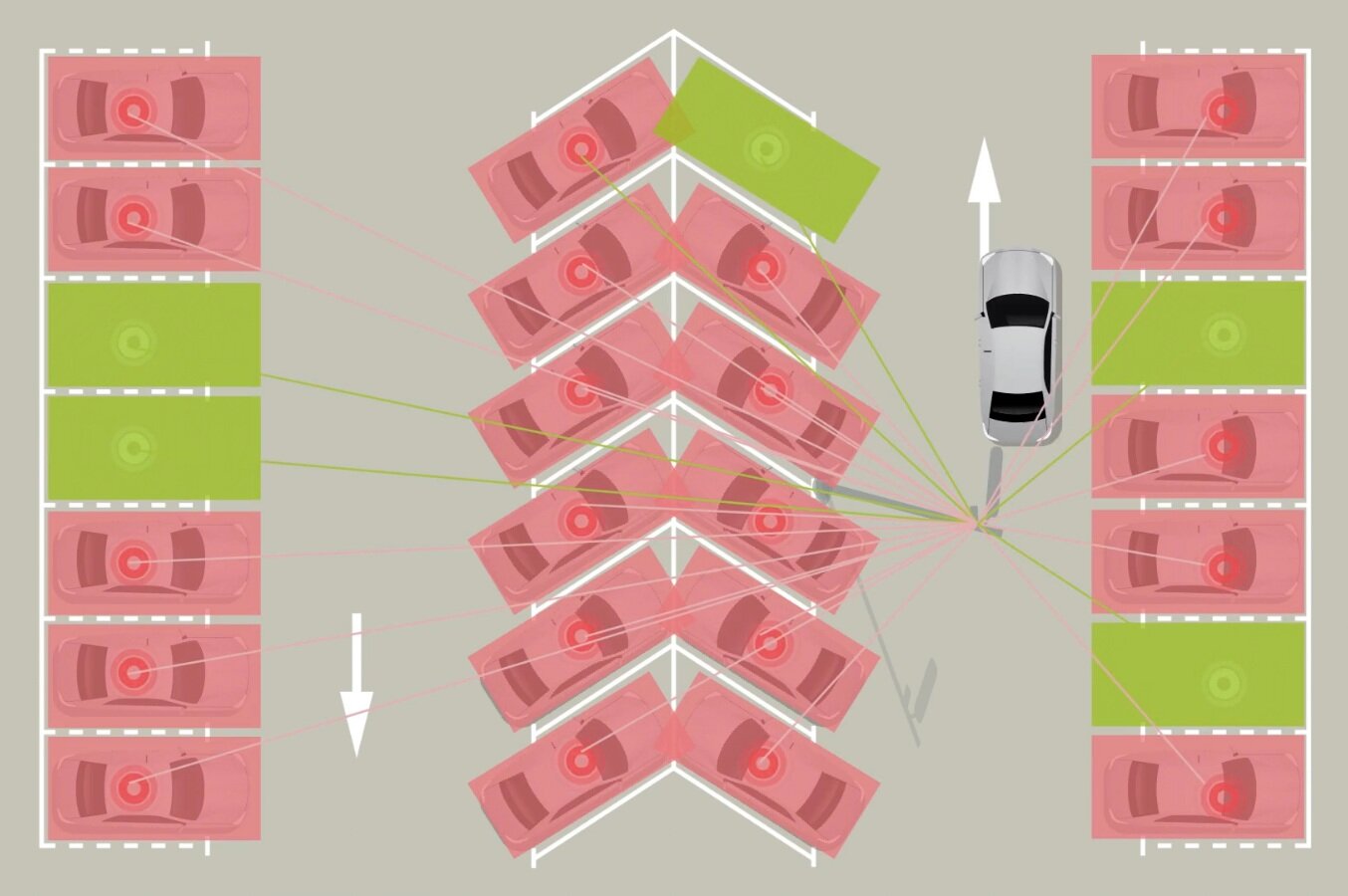
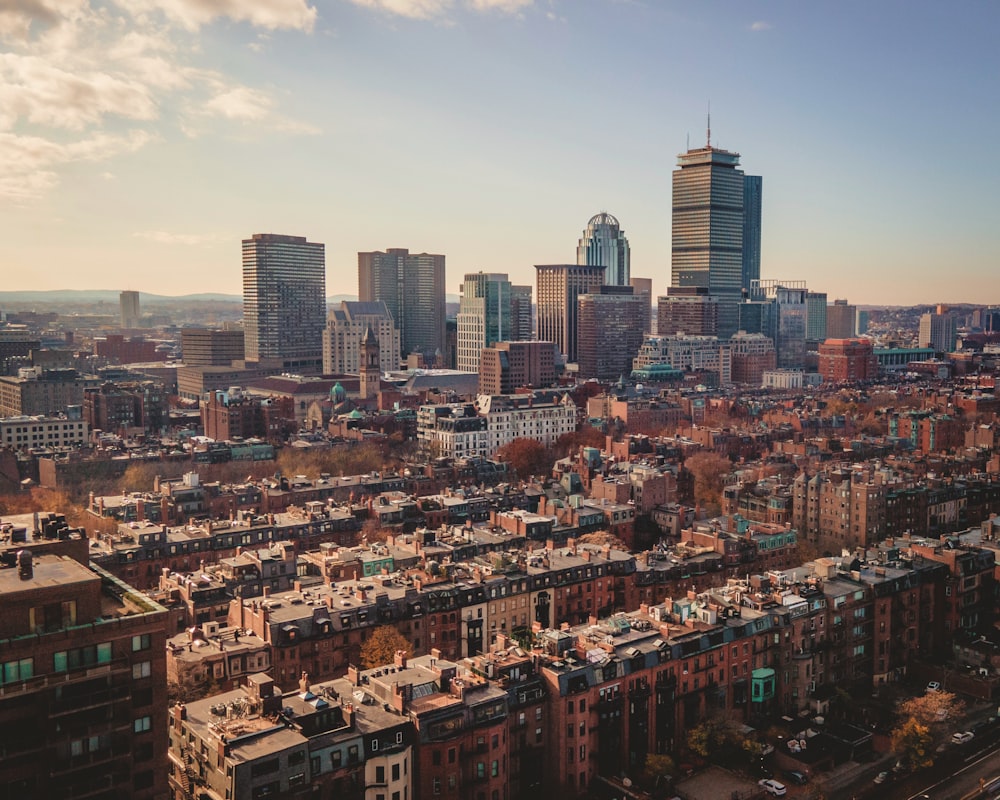
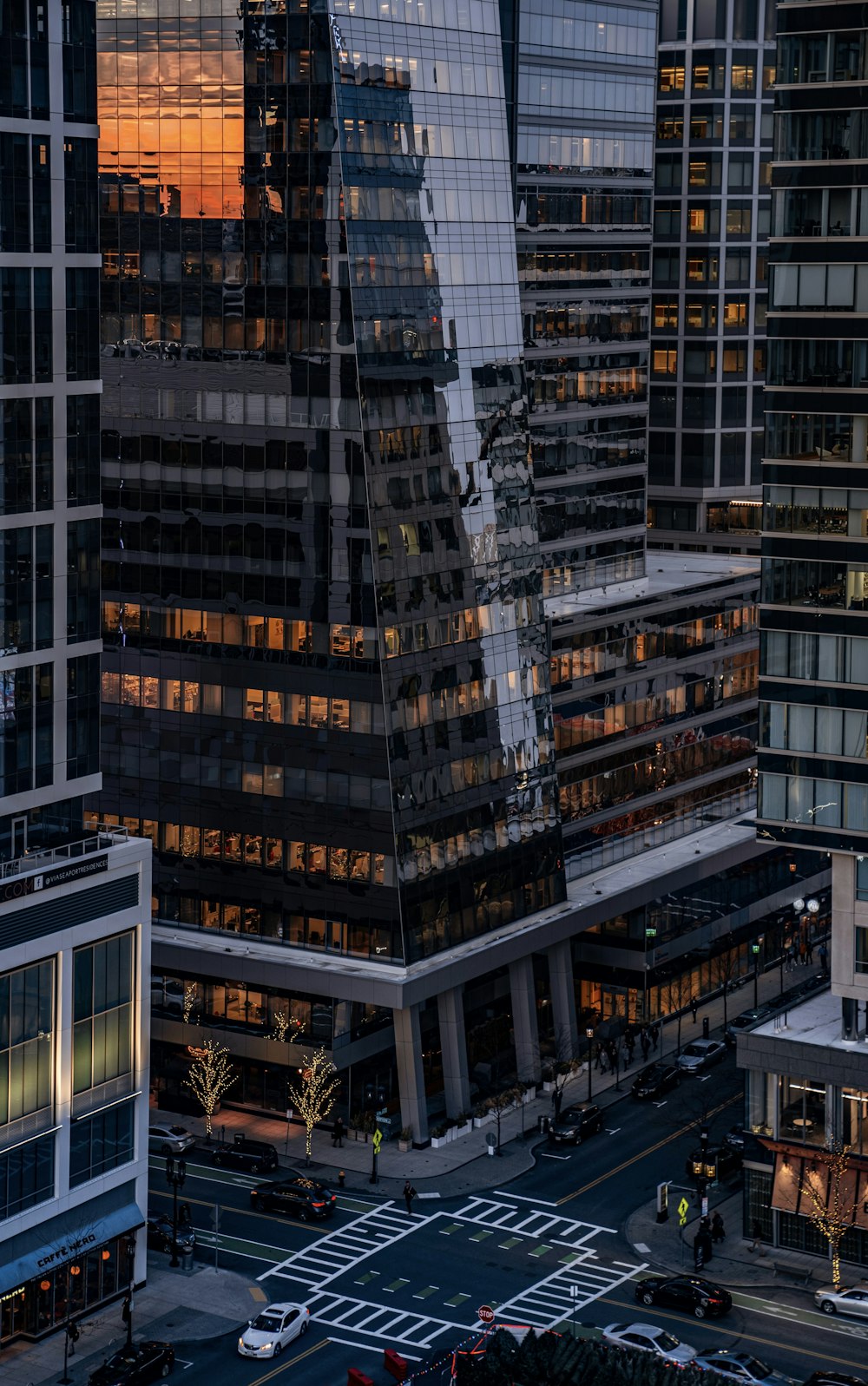








 With the ever-growing urban environment, populations in these cities will just get bigger and bigger. There is going to be a point where cities cannot just simply construct more roads. At some point, the road capacity in cities will not be able to sustain the demand. However, with the implementation of new technology such as smart cars and the usage of sensors, traffic congestion on the highways and streets can be a thing of the past.
With the ever-growing urban environment, populations in these cities will just get bigger and bigger. There is going to be a point where cities cannot just simply construct more roads. At some point, the road capacity in cities will not be able to sustain the demand. However, with the implementation of new technology such as smart cars and the usage of sensors, traffic congestion on the highways and streets can be a thing of the past. In 2016, Bob Benett, the chief innovation officer for Kansas City stated he wanted the city to be the smartest city on the planet. The main goal of the smart city initiative was to help with tourism. In doing, the city decided to implement an elective streetcar line and implement digital kiosks. The streetcars were installed in the busiest parts of the city, areas that are often bustling with activity.
In 2016, Bob Benett, the chief innovation officer for Kansas City stated he wanted the city to be the smartest city on the planet. The main goal of the smart city initiative was to help with tourism. In doing, the city decided to implement an elective streetcar line and implement digital kiosks. The streetcars were installed in the busiest parts of the city, areas that are often bustling with activity. Las Vegas is a city that is busy all throughout the day, with an average of 42 million people visiting the city every year. All that activity involves countless cars driving through its streets. Michael Sherwood, Las Vegas’s innovation officer partnered with Cisco to implement a system using IoT to better help the congestion.
Las Vegas is a city that is busy all throughout the day, with an average of 42 million people visiting the city every year. All that activity involves countless cars driving through its streets. Michael Sherwood, Las Vegas’s innovation officer partnered with Cisco to implement a system using IoT to better help the congestion. Dubai is one of the richest cities on the planet. With those resources, they have been pioneers in dealing with traffic congestion. In 2020, the city inaugurated the Dubai Intelligent Traffic Systems Centre. This was all a part of an initiative by the city to become one of the smartest cities in the world.
Dubai is one of the richest cities on the planet. With those resources, they have been pioneers in dealing with traffic congestion. In 2020, the city inaugurated the Dubai Intelligent Traffic Systems Centre. This was all a part of an initiative by the city to become one of the smartest cities in the world.

 Singapore is at the forefront of many smart city initiatives, but their electronic road pricings (ERP) is one of the coolest they have implemented to date. Again this approach focuses more on infrastructure/sensors that are outside of the cars or vehicles themselves. As noted earlier, this means adoption has less hurdles as the citizens being most directly affected by these changes do not need to purchase an entirely new car or upgrade a pre existing part. Instead in this implementation all they need is what we in America know as a toll tag.
Singapore is at the forefront of many smart city initiatives, but their electronic road pricings (ERP) is one of the coolest they have implemented to date. Again this approach focuses more on infrastructure/sensors that are outside of the cars or vehicles themselves. As noted earlier, this means adoption has less hurdles as the citizens being most directly affected by these changes do not need to purchase an entirely new car or upgrade a pre existing part. Instead in this implementation all they need is what we in America know as a toll tag.
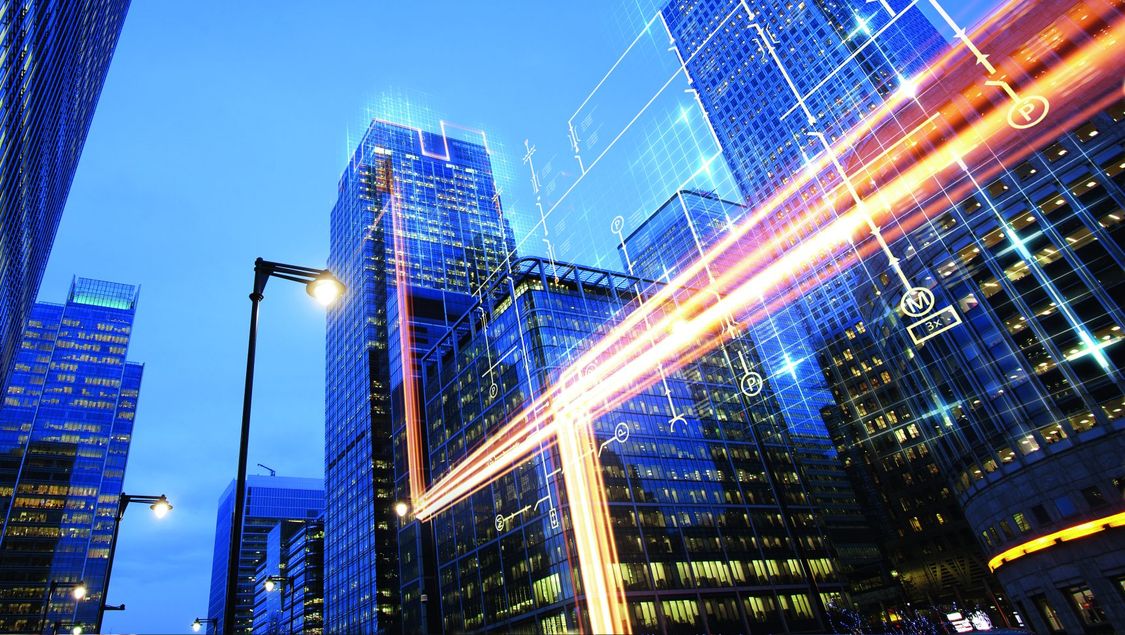


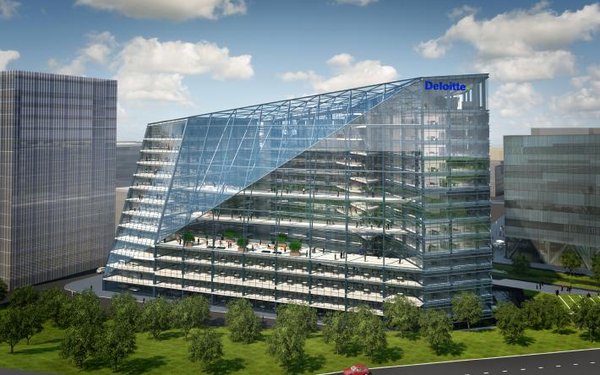
 Objective
Objective






 helps cities operate more efficiently and effectively. Through data analysis and risk prevention, this sector can identify and mitigate potential health hazar
helps cities operate more efficiently and effectively. Through data analysis and risk prevention, this sector can identify and mitigate potential health hazar


